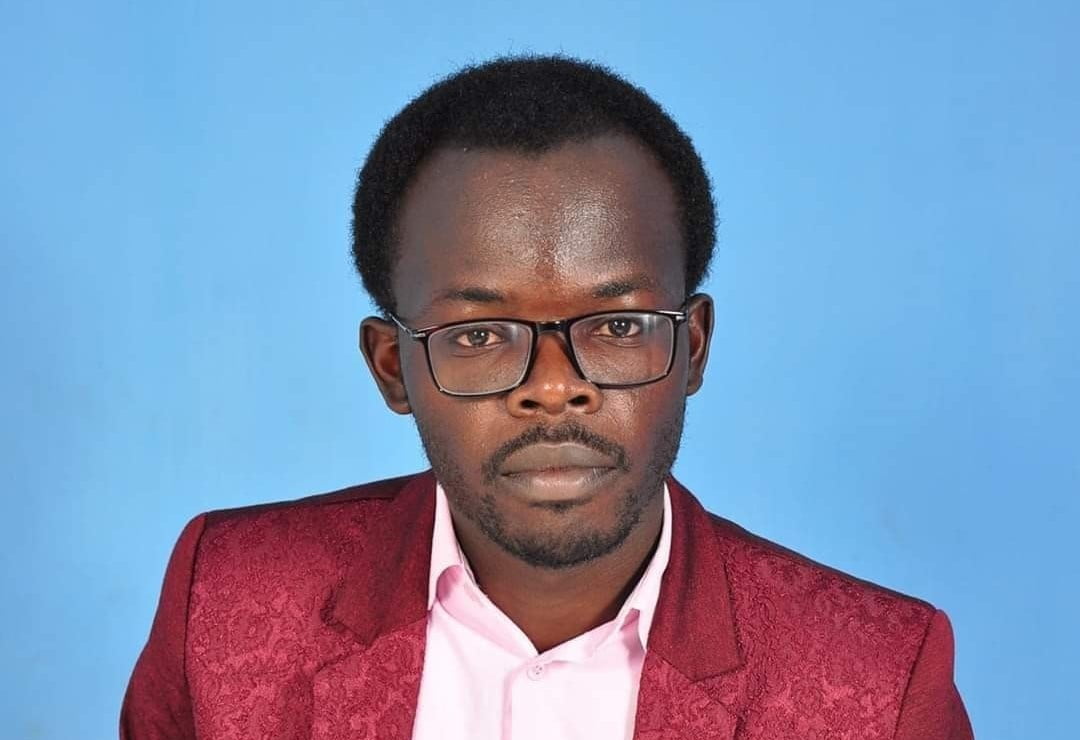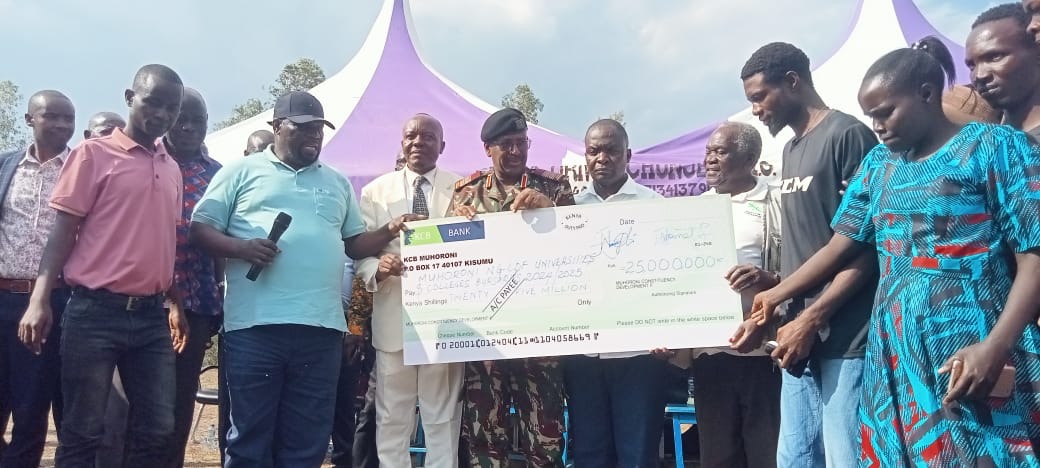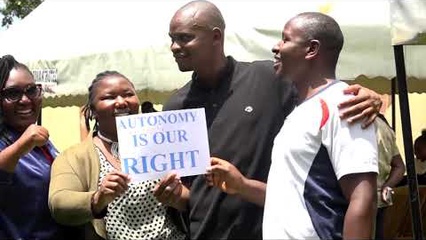By Victor Ochieng’
The National Music Festival is one of the biggest co-curricular activities in the Education sector which brings together learners from primary schools, secondary schools, colleges and universities.
No wonder, the mandarins at the Ministry of Education chose to stage the 94th edition as from 17th to 25th September in Kisumu — that will culminate in a Gala night concert at the Kisumu State Lodge where His Excellency the President of the Republic of Kenya Hon. Dr. William Ruto will preside over the issuance of certificates and awarding of trophies. Kisumu Girls, Kisumu Boys, Arya Primary School and MM Shah are playing host to this event.
Foremost, 2019 is the recent time this important event featured. The two-year hiatus occurred due to the Covid-19 pandemic that interrupted social activities in schools. This time round, as has always been, items of performance featured categories including dances, songs, set pieces, instrumentals, poetry, solo verses, narratives, stand-up comedy and public speaking.
Somehow, public speaking as an item in the elocution category occupies a central place in my heart. For as a rhetor, I have trained many high school students on the art rhetoric — persuasion through wise use of words.
While training student councils on leadership, I have never failed to point out the prominent place of public presentation and communication as a putative tool of influence. For Dr. John C. Maxwell observed, “Leadership is influence. Nothing more. Nothing less. Everything rises and falls on leadership. Leadership rises and falls on communication.”
In fact, I was elated to learn that some of the students I have trained across the country fared on well at different levels of performances with some meriting for nationals. An excited parent from Mombasa, whose daughter is a student at St. Joseph’s Girls’ School Kibwezi, called to express her appreciation to this effect. She was keen to cite that her daughter shone like light in the sub-genre of public speaking because of mentorship and materials I kept on sharing with them in the form of write-ups. That exciting news made my heart rejoice and dance. At least, my frantic efforts had borne noticeable fruits.
Ipso facto, this year’s theme for the festival was Kenya My Pride, My Future, with a special focus on national unity and cohesion, aimed at knitting various fabrics of the society together. This great event also seeks to celebrate some unique things about the country.
Indeed, this is in tandem with the National Goals of Education such as fostering nationalism, patriotism and national unity; promotion of individual development and self-fulfillment; promoting respect for and development of Kenya’s rich and varied culture; promotion of positive attitudes towards good health and environmental protection.
In a larger sense, according to the Basic Education Curriculum Framework (BECF, 2017) — a great text by Kenya Institute of Curriculum Development (KICD) — performing arts help learners to develop deeper understanding in appreciation of artistic and cultural expression. This comes out through music, bodily movement, choreography, elements of stage techniques, creative writing approaches, ability to express ideas and feelings with excellent éclat.
In actual sense, there are umpteen reasons why performing arts are part of our education system — whether 8-4-4 or Competency-Based Curriculum (CBC).
Chiefly, they play a pivotal role in enhancing learning of subjects such as English and Kiswahili. Through public performances, learners become imaginative and creative. They gain confidence and hone communication skills. Items in the elocution category build the verbal-linguistic intelligence, as theorised by Thomas Armstrong in his book titled the Seven Kinds of Smart and Frames of Mind by Prof. Howard Gardner.
Again, through public performances, learners become all-rounded people. They go through holistic-formation, which plays an integral role in life. For apart from garnering good grades, learners should gain useful skills and core-competencies that complement conventional careers.
In addition, creative performances in the spheres of art contribute to character-development in the lives of learners. When they present items, there are only two possibilities — they can win or learn. Learners must master this lesson of life at that fledgling stage.
Consequently, most of the items enhance talent and gift development. They help learners carve careers they can pursue in future. For instance, someone can take the path of public speaking.
Most of the items like traditional dances and folk songs promote cultural consciousness in young people and expression of cultural heritage in the heart of art.
Moreover, performing arts enhance positive fun and healthy interactions among learners, which most of them missed due to the school stasis caused by Corona virus. When learners meet to compete in music festivals, they also confab, chat, share useful experiences and positively influence and challenge each other as peers.
Lastly, because music festivals feature in any part of the country, this enables learners, teachers and adjudicators to travel. In turn, they benefit from exposure and satiate the ravenous desire for adventure.
Somehow, after the performances, I believe those who were in Kisumu for the first time, visited places such as Dunga Beach at the sultry shores of Lake Victoria: to feast on fish as a dish. I believe they also visited tourism sites such as Kit Mikayi in Seme to set their eyes on the gargantuan granitic tors taught in Rocks, Geography Form One.
The writer is an editor, orator and author. vochieng.90@gamil.com. 0704420232






